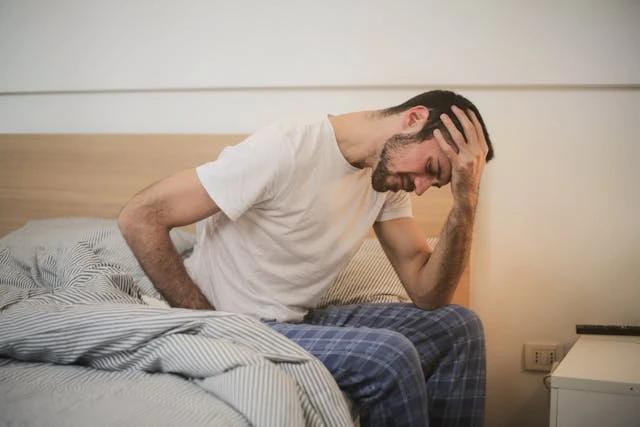
Your Health Magazine
4201 Northview Drive
Suite #102
Bowie, MD 20716
301-805-6805

More Pain Management & Rehabilitation Articles
The Hidden Cause of Chronic Back Pain No One Talks About

Chronic back pain affects millions of people and often becomes part of daily life. Many try stretching, exercise, better posture, massage or pain relief medication. These may help temporarily, but the discomfort often returns. The reason is that most solutions focus on the surface. The real issue often lies deeper within the spine’s structure.
Joint compression is the problem most people overlook
The spine is made of joints that need space and movement to function properly. Over years of sitting, repetitive movement or lack of mobility, those joints gradually lose space. This process begins quietly and does not always cause immediate pain. As the joints compress, the nerves around them can become irritated. The body then reacts by tightening surrounding muscles. Pain becomes the result of this continuous protective response.
Muscle tension is often a reaction, not the original cause. This is why many people feel temporary relief from stretching or massage but soon return to the same discomfort. Decompression that targets the spine at the joint level is now gaining attention. One such example is the backrack spinal decompression device for sale, which is designed to work with the spine’s natural motion rather than forcing muscle-based stretching.
Why pain keeps coming back
Many people wonder why their back pain returns even after following recommended exercises or treatments. The answer is often mechanical compression. When the vertebrae are restricted, the nervous system senses instability. It instructs the muscles to tighten as a form of protection. This is why pain often worsens after long sitting or upon waking in the morning. The body is reacting to reduced space within the spine.
Muscles are responding to the issue, not causing it
Pain is often felt in the muscles, but those muscles are usually reacting to deeper pressure within the spine. If the joints remain compressed, the muscles will continue to guard that area. This explains why relief from surface-level treatments may not last. Long term improvement occurs when spinal joint mobility is restored, allowing the body to relax naturally instead of being forced to.
Aging is not the main reason back pain develops
Many people assume that back pain is simply part of aging. However, research shows that people who maintain spinal mobility often experience less pain over time. The problem is not age itself. It is the gradual reduction in movement through the natural range of the spine. When the spine no longer moves freely, circulation to the discs is reduced. This can lead to stiffness, disc pressure and nerve irritation. Symptoms may feel sudden, but the process usually builds silently over time.
Decompression is different from stretching
Stretching targets muscles, while decompression focuses on restoring space between vertebrae. Proper decompression does not rely on force or inversion. It guides the spine back into its natural motion pattern. Many people describe it as a deep internal release that is very different from typical stretching or exercise routines.
Lifestyle and stress both contribute to the problem
Long hours of sitting are one of the biggest contributors to spinal compression. Emotional stress can worsen the issue. The nervous system responds to stress by tightening muscles automatically, especially along the spine. This increases restriction and causes pain to linger or intensify. Addressing both mechanics and nervous system response is often the key to long-term relief.
True recovery means restoring natural spinal function
The goal is not only to reduce pain but to restore how the spine was meant to move. When joint spacing and mobility return, the body no longer feels the need to stay in a protective state. Muscles release naturally. Pain signals reduce. Movement becomes easier and more resilient.
A shift in approach can change everything
Chronic back pain is rarely random. It is often the result of progressive spinal compression that has gone unnoticed. Instead of chasing pain from place to place, addressing the spine’s mechanical function provides longer-lasting results. When the root cause is treated, pain no longer dictates what a person can or cannot do each day.
Relief is possible when the true origin of the problem is understood and addressed correctly. The body is capable of recovery when the spine is given the ability to move and function as it was originally designed to.
Other Articles You May Find of Interest...
- How Long Do Muscle Relaxers Last and Their Effects on Your Body?
- Combatting Body Soreness and Fatigue for Optimal Wellness
- Is Your Left Pinky Finger Numb? Discover Potential Causes and Solutions
- Effective Solutions for Numb Hands and Understanding the Causes
- Can I Take Amoxicillin with Ibuprofen for Pain Relief?
- Decoding Your Headaches: A Comprehensive Guide to Types, Causes, and Relief
- Why Do I Get a Headache Every Night at the Same Time?














